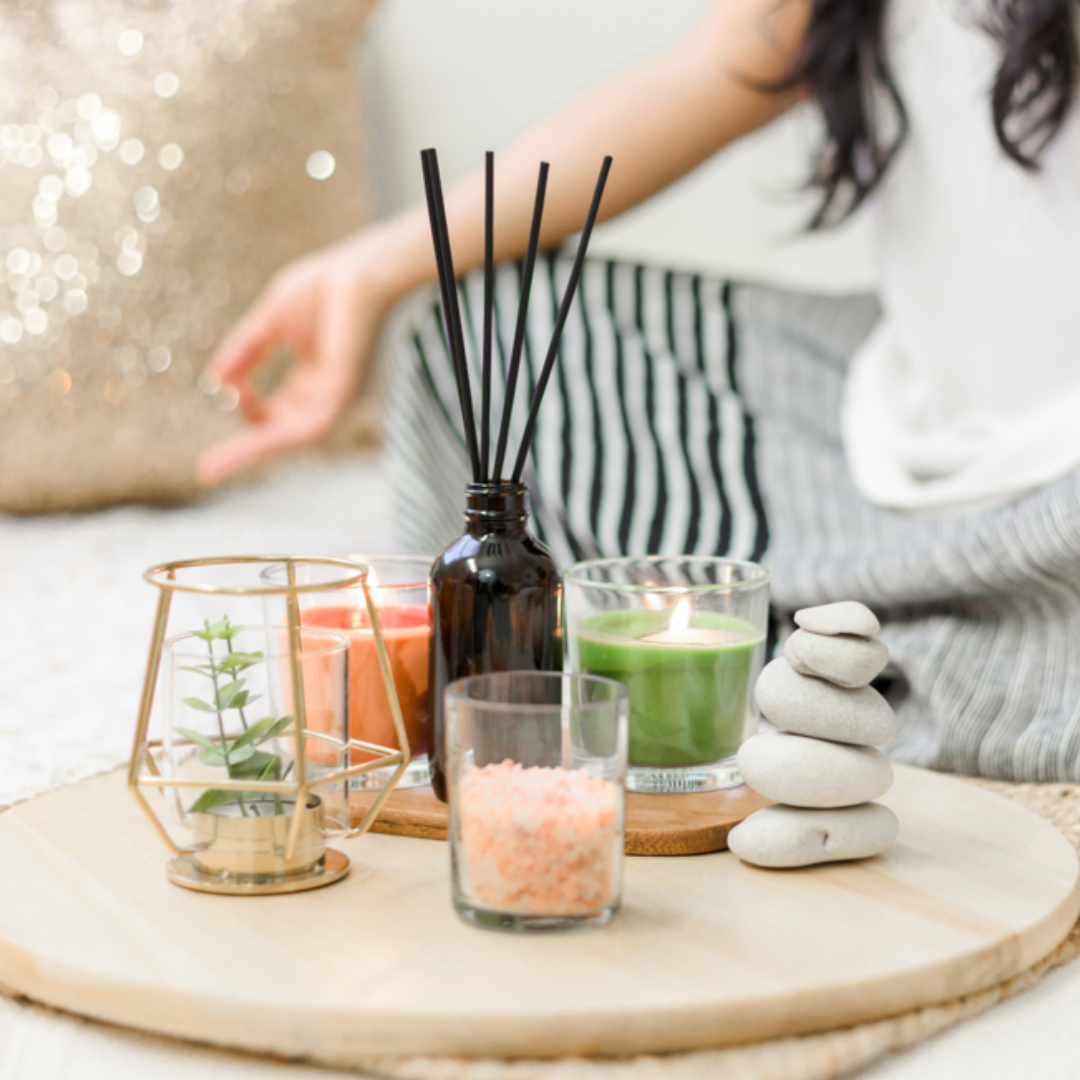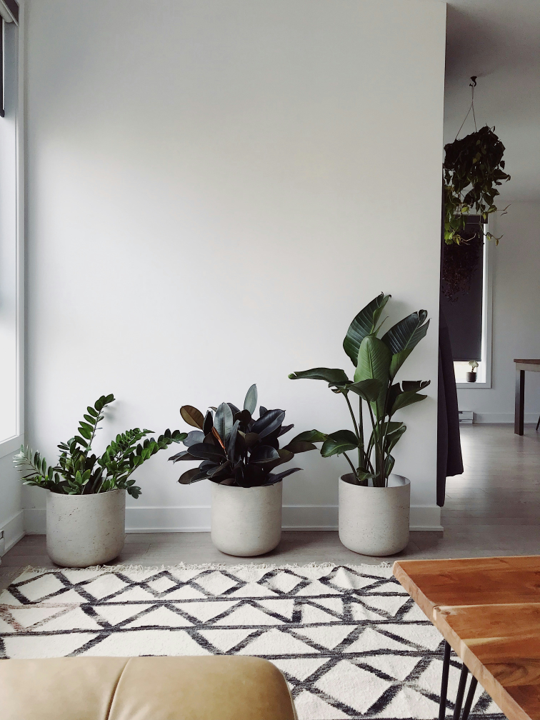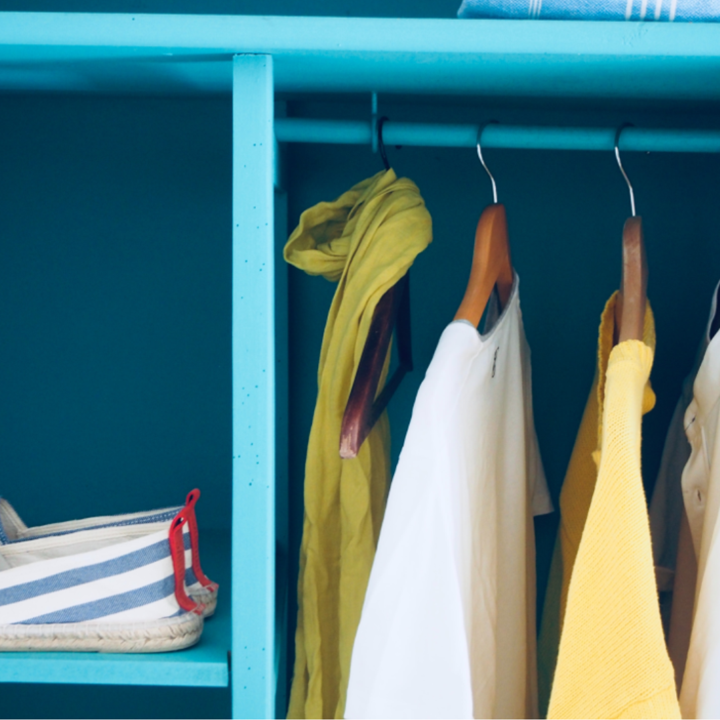Guest Blog Post By: Indiana Lee
Have you been feeling stressed out lately? You might be tempted to look externally: after all, with all the chaos of modern life, a wide variety of factors could be contributing to spiked anxiety, episodes of depression, and the occasional rapid mood swing.
However, one of the things that modern psychology teaches us is that becoming stress-free starts with the home.
The conditions in which you live have a dramatic, if somewhat underrated, effect on your mental health. If your living space is cluttered and cramped, doesn’t have adequate lighting/use of color, or has all the personality of a corporate office cubicle, it may bring down the mood.
These negative impacts can be even more pronounced in older adults and people living with disabilities, as they have unique challenges that need to be addressed by their living situation.
Mental health concerns tend to exacerbate other conditions that come with aging, and telltale signs of depression can be an early warning sign that something about their living space isn’t meeting their needs.
You want your home to feel like a place where you can retreat from the disorder of the outside world, to be a space where you can attain peace.
Sincerely Media
But maybe you live in a small apartment or feel that overhauling your decor will be too costly. Well, rest easy, friend. The fact is that you can easily convert your home into a place that brings about peace, even if your budget or square footage poses a challenge.
Interested in learning how? You’re in the right place.
Read on for tips and tricks you can use to pivot your home from a place that causes stress to a space that evokes peace.
Use Space Efficiently
The first step is to consider efficiency and how you’re currently using the space you have to work with.
Take an internal audit of how your furniture is placed, how much light you’re currently letting in, where clutter tends to pile up, and areas where neglected messes occupy space you can better utilize.
Sarah khan
Once you have an idea of your baseline, your next step will be to take an afternoon and declutter.
The Marie Kondo method should be your motto; if it doesn’t “spark joy,” it’s gotta go.
Donating old clothing to a homeless shelter, books, and toys to relevant charities, and using storage bins to collect and arrange vital keepsakes will not only open space – it might improve your mental health all on its own, as you’re using your clutter to do good.
RDNE Stock project
After decluttering, you should have more space than you did before; and the real work begins.
To make use of the space you’ve created:
Rearrange furniture to make your home “open concept.” Align couches and chairs with walls, allowing you more space to move about the apartment. Position furniture so it doesn’t block windows or doors, and consider keeping your curtains open to allow natural light in.
Consider accessibility. Especially if you’re an older adult, consider how your living place provides support for you. Add shower rails, lever-style handles on doors, and easy-to-read appliance displays, and you can consider other adaptations that cater to your specific concerns as well.
Create a space that’s all your own. Set aside a small area for you to practice your hobbies. Whether you’re an artist who needs a small workshop, a spiritual individual who wants to carve out a sacred space, or an avid reader looking for a book nook, carve out a place that’s entirely your own.
This is essentially a step where you’re looking at the bones of your living area, identifying areas that are broken, and taking steps to reset them so they can support you. Once your living space has been adapted to your needs, we can consider other concerns.
Accentuate Your Individuality with Decor
A lack of color in your decor can be a contributing factor to negative mental health.
Max Rahubovskiy
Color psychology is the study of how colors have a subconscious effect on the observer; and it shows us that cool colors like blue and violet tend to have a calming effect, while colors like yellow and green inspire joy and feelings of renewal.
If you find your decor is lacking, try these simple solutions:
Consider your use of color. Are your decorations bright and vibrant? What kinds of colors are used throughout? Browse your local home goods store to find an array of options catered to your individual taste, and then don’t hesitate to deck your home out in colors you find pleasing.
Incorporate art, posters, and wall decals. Your home is an extension of you, so don’t be afraid to showcase your good taste!
This stage is all about making your space your own. Experiment aesthetically with what feels right, what feels the most “you,” and you can put a unique stamp on even the smallest of spaces.
Bring the Outside, Inside
Finally, consider how you’re incorporating natural elements in your home.
Lakeisha Bennett
Nature has a positive effect on our mental health, and finding ways to bring the outside indoors can brighten up your living space. If you have an outdoor area on your property, considering how to maximize the potential of that space can also be a boon.
Need more green in your life? Try any of these suggestions:
Plant and maintain an indoor garden. With advances in garden technology, now even people living in studio apartments can have a thriving garden perched on their windowsill. Whether you grow beautiful flowers or useful herbs for cooking, a small garden can be a phenomenal inclusion to your living space – and maybe the beginning of a brand-new hobby.
Consider incorporating natural decor. Hanging planters, flower vases, and small pots of unique plants can add vibrancy to any area. Whether they’re hanging over your dining area, perched on your desk or dresser, or lining your shelves, the more plants the better.
Maximize your outdoor space. If you’re a homeowner with a small backyard, you can create a serene oasis all your own. Using sustainable materials, creating nooks where you can go to get away, and allowing space for flowers, shrubbery, and herbs to grow are all great ways to carve out your own corner of nature.
Askar Abayev
With these tips and tricks, you can create a living area that adds to your mental health, allowing you to live happily and healthily in a space all your own – no matter how small.
Read Next:
How To Find Storage Space In A Small House
Here are some clever strategies to maximize storage space in your small house without sacrificing style or comfort. Create easy DIY projects, like transforming furniture into hidden storage or creating slide-out pantries. Get tips on decluttering and organization to make the most of existing spaces. From utilizing vertical shelves to introducing color psychology, find out how to create the illusion of a larger space while maintaining a cozy atmosphere with these practical tips for small house living!
Join the Fun!
If you enjoyed this post and you want to keep seeing my weekly blog, the best way to do that is to subscribe.
You can subscribe by downloading my 11 Secrets Only Designers Know to Make Your Space Rock. If you’re curious about how decorators and designers make a home look magazine ready, you’ll love taking a gander at these 11 secrets. You’ll learn how to style your room from the floor up and it will work for ANY space you have.
I write about small space design and decorating, sustainable furniture options, positive self care and a variety of do-it-yourself home décor.
I’d love to connect with you!
“Michael Helwig was top-notch, very professional and responsive to my needs. He allowed me time to explore ideas and try out a variety of combinations until we found the perfect fit. Michael provided detailed information and offered beautiful ideas to make my dream living room become a reality. The furniture he sourced has totally transformed my living room space. Everyone that has seen my new living room has one word, WOW! A special thank you to Michael for a wonderful experience.”
“Michael was very knowledgeable and guided us, with great patience and good humor, through the process of designing our dining room and helping us find the perfect sleeper sofa. He offered really helpful advice when we asked questions - which was often - but at no time did we ever feel pushed. He helped me when I felt like I couldn’t make one more decision. When my new furniture finally arrived I realized everything down to the pillows was perfect. I couldn’t be happier!”
Shashi Chaturvedula
The opinions and views expressed in any guest blog post do not necessarily reflect those of Michael Helwig Interiors or its Principal, Michael Helwig. Michael Helwig Interiors, and Michael Helwig, do not have any affiliations with any products or services mentioned in the article or linked to therein. Guest Authors may have affiliations to products mentioned or linked to in their articles or bios.
Indiana Lee is a passionate writer and avid puzzle enthusiast hailing from the serene landscapes of the Pacific Northwest. With a deep appreciation for aesthetics and a strong preference for designs that seamlessly blend comfort and functionality, she brings a unique perspective to the world of interior decor. Connect with her on LinkedIn.














